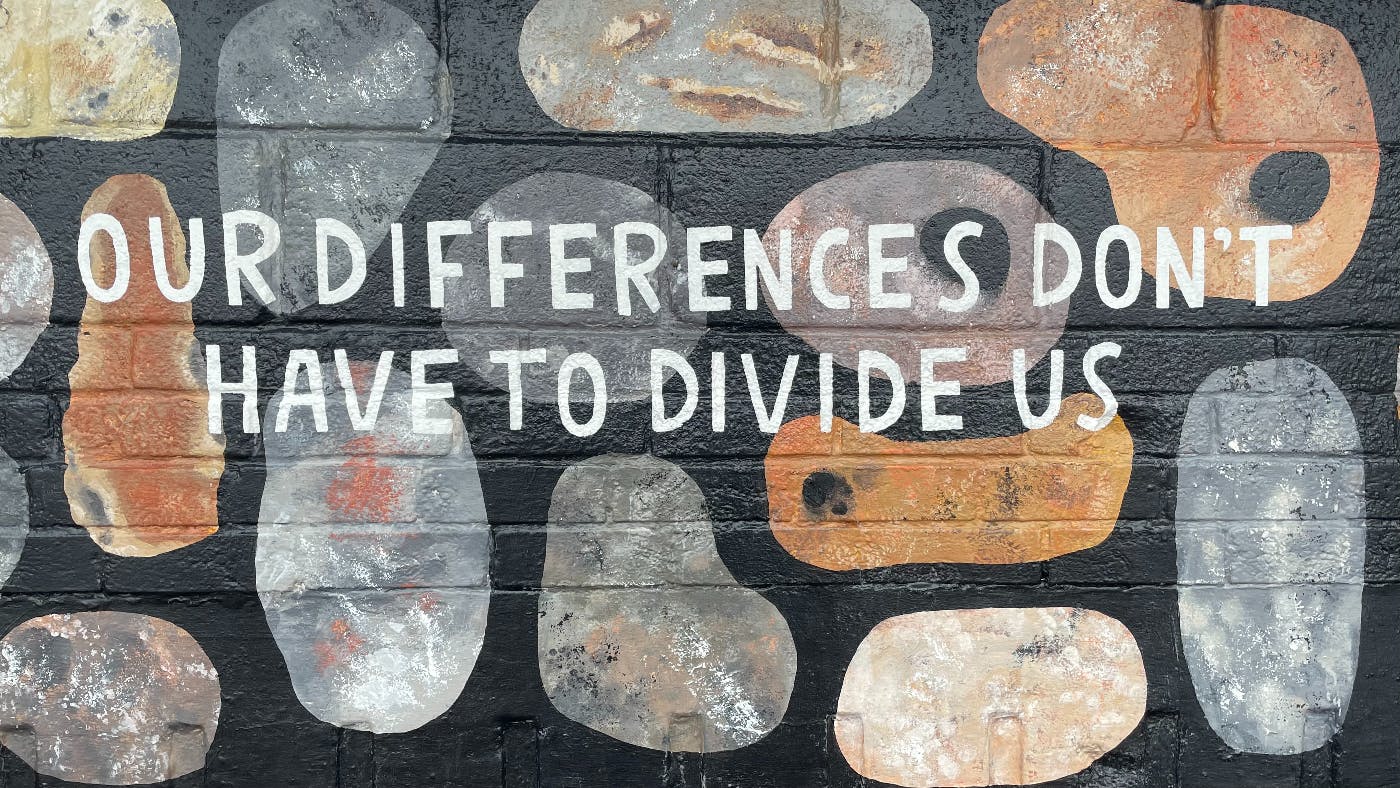
Ah, the creatives. Difficult, arrogant, erratic, eccentric, yes, all of these words apply. Also brilliant, astonishing, fun, and remarkable. It’s easy to forget that part when you’re pulling out your hair because it looks like your creative team isn't doing anything. And you can’t just get rid of them. Unless you want to file for bankruptcy, that is.
Ah, the creatives. Difficult, arrogant, erratic, eccentric, yes, all of these words apply. Also brilliant, astonishing, fun, and remarkable. It’s easy to forget that part when you’re pulling out your hair because it looks like your creative team isn't doing anything. And you can’t just get rid of them. Unless you want to file for bankruptcy, that is.
Learning how to manage your creatives is vital to keeping them happy and productive. The alternative is to hire and promote only those who are friendly, easy to manage, and understand. You can do that, and then your company will slip into a bog of mediocrity, and you’ll be passed by and watch the other companies speed ahead.
You need your creatives so that you can stand out, produce great work and lead the way. Granted, working with creative types is not an easy task.
Every company claims they love innovation and creative ideas, but few actually do the work to keep the creatives happy and productive. And so they find someplace else to work.
So, here are some tips on managing without “handling” your creative team, so they stay active, happy, and productive.
Support and Fail
Creatives work best when they know they have the support and trust of their boss. When they aren’t worried about getting the right answer immediately when you give them time and support, they feel more secure and thus go to the outer reaches of their imaginations to create.
Something goes for failure. Let and encourage them to fail and fail big. Let them be absurd, and support that. When we say support, it doesn’t mean you whisper behind their backs, “you know how these creative types are.” It means you listen to the paths they took to get the idea, what bridges they crossed and how they see the problems they solve. DO NOT PATRONIZE YOUR CREATIVES. Although your creatives like to be recognized and applauded, they aren’t idiots, and after a while, empty praise will only piss them off and turn them away.
Creative people are natural experimenters; they play, test, try and fail; if you recognize that their failures are part of their process, you can encourage them to keep going without feeding them useless, empty praise. As a manager, you must truly appreciate and understand that failing is a vital part of the process. From failure comes discovery and even genius.
Do Not Surround Them With Like-Minded People
It may seem logical to keep all your creatives in one area working with each other, but you’d be wrong. In this situation, you’re looking at setting up a competitive workplace for your creatives. They would compete for ideas and feel insecure, so you’d be faced with endless brainstorming for the “right” ideas. Or worse, they would ignore each other, do their own work, and then you’re not getting the full use out of your creatives.
On the other hand, you cannot surround your creatives with dull, unimaginative folks either. Those who are not creative or don’t understand the creative process will not understand the situation; they may grow to judge and resent your creatives and have no idea how to communicate with them. This outcome would be little progress and open opportunities for major falling out between your people.
Research has indicated that diverse teams open to exploring each other’s perspectives function best creatively.
So, here’s the best solution: support your creatives with very conventional folks, so they do not challenge their ideas but are just unconventional enough to collaborate with them. It’s best to pair your creatives with the type of employee keen on details, mundane executional processes, and those who love to do the nitty-gritty work. It helps if they understand the creative process, appreciate it, and are interested in supporting the creatives but not competing or being a creative themselves.
Give Them Meaningful Work

Creatives are natural innovators and tend to have a more expansive vision. They can see the bigger picture and tend to understand why things matter. This is a wonderful type of employee to have on hand. The downside is that they will have a great deal of difficulty engaging in meaningless or trivial work. Stuff that is just functionary; they see no purpose in day-to-day things and cannot get behind. They work best when they’re inspired and meaning fuels inspiration.
Your creatives will function better with meaningful work, and when they have it, it won’t seem like work to them, so they will be more productive, work longer hours and produce better quality material.
In all companies, some employees are happy punching the clock, doing their time, and going home; they get their rewards externally from other parts of their life. These types of employees are valuable and should be given the mundane tasks you want to keep away from your creative types. Keep the meaningful work aside for the creatives and let them do what they do best.
Do Not Apply Pressure
The nemeses of creativity are structure, order, and predictability. If you value those things, chances are you’re not a creative type. But that’s not bad; a well-rounded, successful company needs all kinds of employees, especially those who thrive on structure, order, and predictability, so you certainly are wonderfully useful.
For your creative types, spontaneity and unpredictability are where they will thrive. Do your best not to constrain your creative teams. Do not force them into processes or structured time frames. Let them work remotely, outside regular hours. Creatives often find their bursts at odd, non-working hours. Allow them that freedom. Do not ask them where they are and what they are doing, and avoid asking them to explain how they do what they do.
If Don Draper had been held to schedule, he would have searched for a bigger company. This structure and demand to follow processes are why many business founders are usually not interested in remaining in charge of their ventures once a bigger company has acquired them. Structure kills inspiration.
Be generous but not empty with praise
There is a misconception that just because creatives do what they love, they don’t require recognition or praise. That’s not true. Like your other employees, creatives need to know their work is seen and appreciated.
There’s a caution here, do not give them empty praise, words just to say words, creatives see right through that, and it upsets them. If you have nothing to say, that’s better than just giving them empty words.
Be specific with your praise; this project was good, or what you did here was really exciting. Find something specific and praise them for that. But, don’t go overboard; just recognize and praise them and move on. This doesn’t have to be a daily event; as long as your creatives know you see them, like their work, and support them, they will be happy.
Trust goes a long way
Most creative types have slogged a lot of miles even before they get your employment. They have worked at their craft, built a portfolio, and know what they’re doing. However, because creativity can sometimes seem ephemeral, transient, or ethereal compared to other types of work, people don't trust it and need the creative person to prove themselves time and time again.
If your creatives are good enough for you to hire them, stop testing and start trusting. Creative people will do excellent work knowing they are trusted and supported. If they aren’t just trying to hold on to their jobs, they will fail momentously, learn from that, fail again and again, and produce beautiful work. If your creatives know that you understand failure is part of the process and you trust them to turn that into great work, they will be happy and productive.
Trust is precious to your creatives and will carry them a long way.
On being difficult

You often hear the term difficult when reading about working with creatives. People say creatives are difficult to work with, and it’s best to leave them alone or not hire them. This makes no sense because you need creative people to do creative work. You need creatives in your workplace.
When you break it down, a creative just wants to do meaningful work that they are inspired to do and love to do. They seem difficult only when you try to put them into the same box as other employees.
Your creative team is different from your accounting team. Creatives rarely function well under a 9 to 5 situation, where you punch in, procured things, and then punch out. Creatives have their own timelines and processes.
And this goes back to trust. Trust that they know their process and that they will do the work. Trust that they can work on a different schedule from other employees.
Creatives are difficult only if you don’t understand that they are driving toward something that may seem intangible to the outside viewer, but to them, it’s very real. When you start to discard their process and view them as an assembly line worker, they will naturally chafe at that and push back.
Also, remember that as difficult and demanding as they may seem with you, know that they are twice as difficult and demanding of themselves.
ThoughtLab is Creativity
There is creativity in all we do. From copy to design to marketing, we have built the foundation of our house with creativity and drive.
Whether you need a new website or an email campaign, we can help. Maybe you just want advice on how to spark more creativity in your workplace; we can help. Call us for a free assessment and get started on putting more creative power into all your projects.

